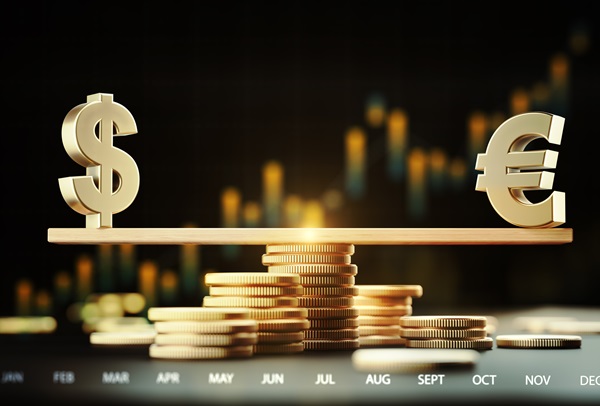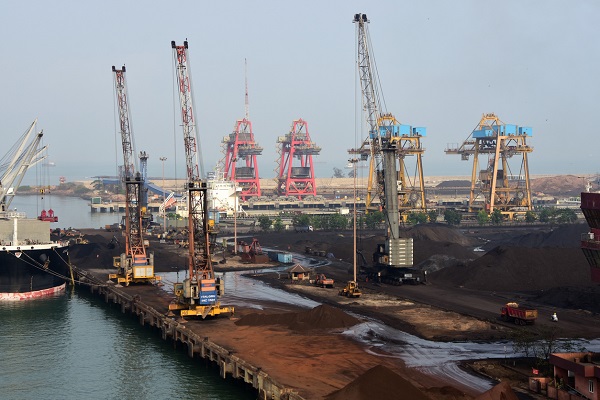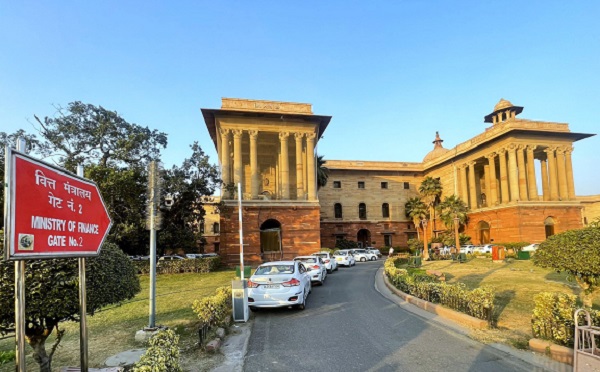.png)

Hélène Rey is Professor of Economics at the London Business School.
May 5, 2025 at 3:00 PM IST
International monetary and financial systems may not be immutable, but nor do they change often. That is why the upheaval spurred by US President Donald Trump’s trade and tariff war is so remarkable – and difficult to decipher. To figure out what is going on, it is worth revisiting Charles P. Kindleberger’s theory of hegemonic stability, which he spelled out in his book The World in Depression: 1929-1939. Kindleberger’s theory essentially states that an open and stable international system depends on the presence of a dominant world power.
In the nineteenth century, that power was Britain. As the world’s financial hegemon – leader of the global economic system and issuer of the dominant international currency – Britain supplied critical public goods. These included, as Kindleberger put it, a “market for distress goods, provided by British free trade,” and a countercyclical flow of capital, produced by the City of London. Britain also supported “coordination of macroeconomic policies and exchange rates,” through the “rules of the gold standard,” which were “legitimized and institutionalized by usage.” Finally, the Bank of England served as a “lender of last resort.”
But World War I took its toll on Great Britain, which by the 1930s no longer had sufficient resources to underpin the international monetary system. And though the United States was an ascending power, it was not yet ready to fill Britain’s shoes. This “Kindleberger gap” – the period between world hegemons – coincided with the Great Depression and the escalating political turmoil that culminated in World War II.
Near the end of the war, in 1944, delegates from 44 countries met in Bretton Woods, New Hampshire, where they orchestrated a smooth transition between the old and the new hegemons. In doing so, they validated the de facto supremacy of US trading, financial, and military power.
At the time, the US accounted for 35% of world GDP. But though America’s share of global GDP has declined, the US dollar has retained its dominance as a reserve asset, invoicing currency, and anchor for fixed exchange rates. Moreover, the US Federal Reserve’s policy decisions and the US economy’s performance still shape the global financial cycle.
Nonetheless, we seem to be approaching a new “Kindleberger gap.” The existing hegemon appears to be self-destructing, as it refuses to supply global public goods, and there is no clear candidate to fill its shoes. The European Union is not prepared to take up the mantle, and China is not even integrated into global financial markets.
Whereas the rest of the world views the dollar’s primacy as an “exorbitant privilege,” the Trump administration appears convinced that global demand for dollar assets is a burden, as it believes it drives up the currency’s value. But if the US continues on its current policy trajectory, it will soon be “relieved” of this burden, whether it likes it or not.
If a currency is to serve an international role, the country issuing it generally needs to enjoy economic preeminence and occupy a central position in global trade. These qualities depend on innovative capabilities and growth potential, with military power and geopolitical alliances also playing a role. None of this is possible without an open economy and high-quality, stable institutions.
By pursuing policies that undermine US institutions, fundamental research, multilateralism, and the economy’s long-run growth prospects, the US under Trump is rapidly eroding trust in the dollar. Never has this been more apparent than in the wake of Trump’s announcement, in early April, of ultra-high tariffs on goods from dozens of countries running bilateral trade surpluses. US Treasury yields rose, the US stock market fell, and the dollar depreciated – a combination often seen in emerging economies.
The economic and financial distress Trump initiated in the US creates an opportunity for the eurozone – which issues the world’s second-most-important international currency – to capture some of the exorbitant privilege long enjoyed by the US. This includes cheaper capital for eurozone governments and businesses – which could support fiscal sustainability – and easier refinancing during times of crises, since demand for “safe” euro assets would rise. It also includes increased geopolitical clout – crucial at a moment when the EU is working to achieve strategic autonomy.
While internationalization does carry risks, the eurozone is well-positioned to mitigate them. For example, the eurozone’s macroprudential policy frameworks, which are much stronger than those in the US, can help it cope with increased capital-flow and asset-price volatility. Europe also boasts powerful institutions, starting with the European Central Bank, and a robust rule of law.
But more must be done to enable the eurozone to raise the euro’s international profile. For starters, the eurozone must deepen its single market in goods and services, and strengthen its trade relationships wherever possible. Given Europe’s global climate leadership, it could consider starting to invoice climate-friendly products – such as decarbonized energy equipment, electric vehicles, and commodities used in electrification – in euros, while building up corresponding financial instruments (such as those linked to hedging climate risk).
The eurozone should also commit to completing the banking union and the savings and investment union, as spelled out in multiple recent policy reports. To deliver deep and integrated capital markets – crucial for innovation and growth – efforts should be made to deliver a true eurozone-wide safe asset. Joint debt issuance for emergency defense spending could be a good starting point.
Moreover, rather than allowing eurozone payments to remain largely dependent on US payment systems, the bloc must increase the sovereignty of its own. This would probably rely on a central bank digital currency (CBDC), complemented with a robust payment system that may or may not involve euro stablecoins. Finally, the ECB’s function as lender of last resort must be carefully structured, so as to ensure widespread and strong confidence in the euro.
These changes will not be easy to implement. But if Kindleberger taught us anything, it is that the world economy will be better off if, as America retreats from global economic and financial leadership, Europe steps quickly into the breach.
© Project Syndicate 1995–2025




